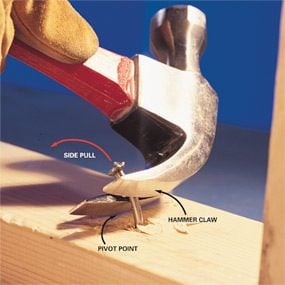
Maximize Your Hammer Power
Ram the claw of your hammer into the nail shank and rock it sideways using the claw edge as a pivot point. Repeat the process until you pry out the nail. This nail-pulling technique produces maximum pulling power with little stress on the handle. Because the hammer claw grabs the nail’s shank, this method usually works even when the nail head has broken off.
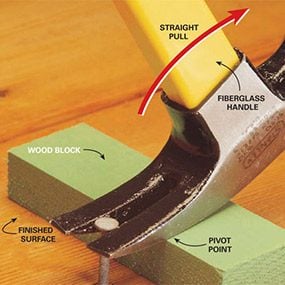
Protect Finished Surfaces With a Block
Rest the hammer on a small block to protect finished surfaces. For a straight pull, size the block so the pivot point is as close to the nail as possible.
Use this straight pull only on nails that come out fairly easily or aren’t driven deeply. Otherwise, you could snap a wooden-handled hammer. You can yank a lot harder on hammers with a fiberglass or steel handle, but you’ll find it’s a lot easier to use a sideways pull.
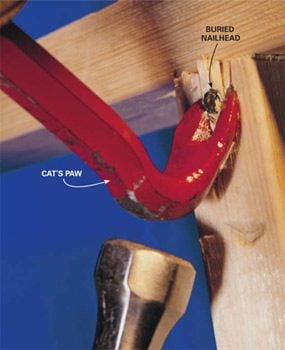
Use a Cat’s Paw
Drive the claw of a cat’s paw under the nailhead and lever it out. A cat’s paw can even reach buried nailheads. You can use it for bent nails too. You’ll have to put a block under the cat’s paw to develop good leverage or slide your hammer head under it to shim it up.
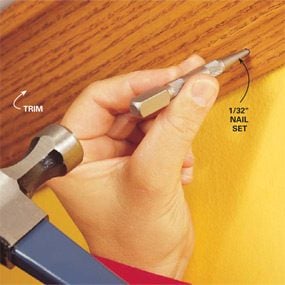
Drive It Through
Punch finish nails all the way through with a nail set or pin punch so you don’t have to pull them. This technique works best on finish trim that’s less than 5/8 in. thick. Anything thicker and you risk leaving a fairly large round hole on the front side to fill later.
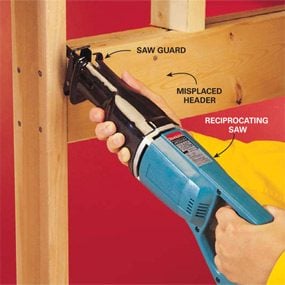
Cut Hard-to-Reach Nails
For maximum speed, cut the nails with a reciprocating saw equipped with a 10-teeth-per-inch all-purpose blade. It’s ideal for rough work and demolition. Chances are that the blade will pinch while cutting tight spots, so push the saw guard tightly against the wood and hold the saw firmly.

Pull Nails From the Back
Grab the finish nail on the back side with nippers and lever the nail out. Its head will pull through with little damage to the wood.
Next, read about how to remove a nail without a head.
